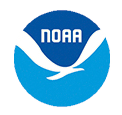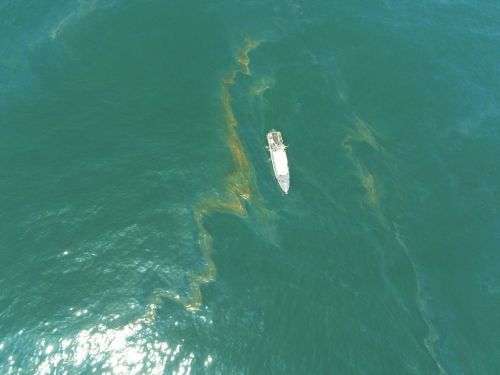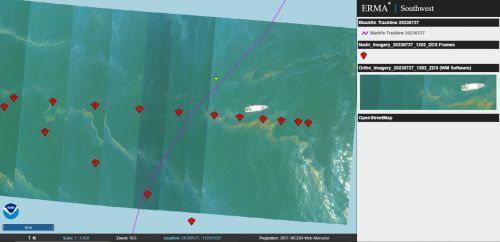Uncrewed Aircraft Systems Guidance for Oil Spill and Disaster Response, Assessment, and Data Management
NOAA has created guidance on the use of uncrewed aircraft systems (UAS) for shoreline and on-water spill response for the U.S. Coast Guard and NOAA’s own use, supporting both operations and data management to enhance oil spill response effectiveness.
View and Print the Job Aids:
- Oil Spill Response Uncrewed Aircraft Systems (UAS) Guidance and Training [PDF, 7.54 MB]: This guide outlines best practices for flying UAS during an oil spill or natural disaster response and/or damage assessments. Published in 2024.
- Oil Spill Response Data Management, Storage, and Delivery Guidance [PDF, 841 KB]: This guide outlines best practices for managing data collections from a small UAS or other remote platforms during an oil spill or natural disaster response and/or damage assessment. Published in 2024.
These two newly released job aids aim to provide best practices for operating UAS during oil spills or natural disaster responses, including damage assessments. While primarily designed for small UAS less than 55 pounds, the job aids also offer guidance applicable to medium and large UAS, including fixed-wing systems.
The job aids cover descriptions of equipment, sensors, settings, flight methods, and oiled aerial observations as well as data management best practices for collections. A decision-making one-pager tool is also included to help responders determine when and how to use UAS during a response. Together, these job aids address the entire lifecycle of UAS use on incidents and include topics ranging from mission planning, data collection, image and mosaic mapping, data delivery, and short-and long-term data storage.
These resources are intended for spill responders holding an Federal Aviation Administration (FAA) Remote Pilot Certificate as specified by Title 14 Code of Federal Regulations (CFR) under Part 107, basic flight training, and any other certifications required by their organization. Spill response training is also recommended, as this guide only offers minimal guidance on making aerial and shoreline observations of oil.
The job aids expand OR&R's Job Aid resource library, including the recent Uncrewed Aircraft Systems Oil Spill Response Job Aid, developed to supplement the Shoreline Assessment Manual, and the Uncrewed Aircraft Systems Hurricane Response Job Aid, developed to supplement hurricane response activities (post-storm derelict vessel and HAZMAT identification and removal), published in 2021.
These job aids are designed as "living documents" that will be periodically updated to expand and enhance the scope of the previous versions.
Additional Resources
- Remote Sensing One-Pager [PDF, 769 KB]: This resource offers an at-a-glance overview of various remote sensing options for oil spill and disaster assessments. This matrix highlights common platforms, sensors, and their respective uses, strengths, and limitations. It serves as a handy resource for responders looking to select the most appropriate tools for their specific needs.
- Open Water Oil Identification and Shoreline Cleanup Assessment Technique (SCAT) Overview Training: This training is intended for small UAS pilots and visual observers. The training is available in MP4 [MP4, 36.9MB] and PDF [PDF, 3MB] formats.
Acknowledgment
Funding for the Oil Spill Response Uncrewed Aircraft Systems (UAS) Guidance and Training Job Aid was provided by the U.S. Coast Guard (USCG) Great Lakes Oil Spill Center of Expertise (GLCOE). This job aid was developed by Research Planning, Inc. in close collaboration with USCG’s GLCOE and OR&R.
More Information about Job Aids
Job Aids for Spill Response: Learn more about the job aids that OR&R has created to help oil spill responders complete their response tasks.
Questions: Contact us with any questions, comments, or suggestions related to NOAA job aids.
 An official website of the United States government.
An official website of the United States government. 

